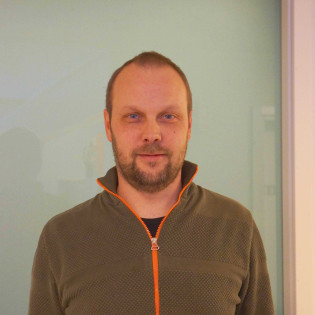2023
Book chapter
Svalbard’s Urban Imaginaries
Cities and buildings are materializations of imaginaries of place. The Arctic is urbanizing, and Svalbard can help us understand how this realization takes place, and some of the diverging forms urbanization takes when translated into built form by architects and planners... Read »


;)
